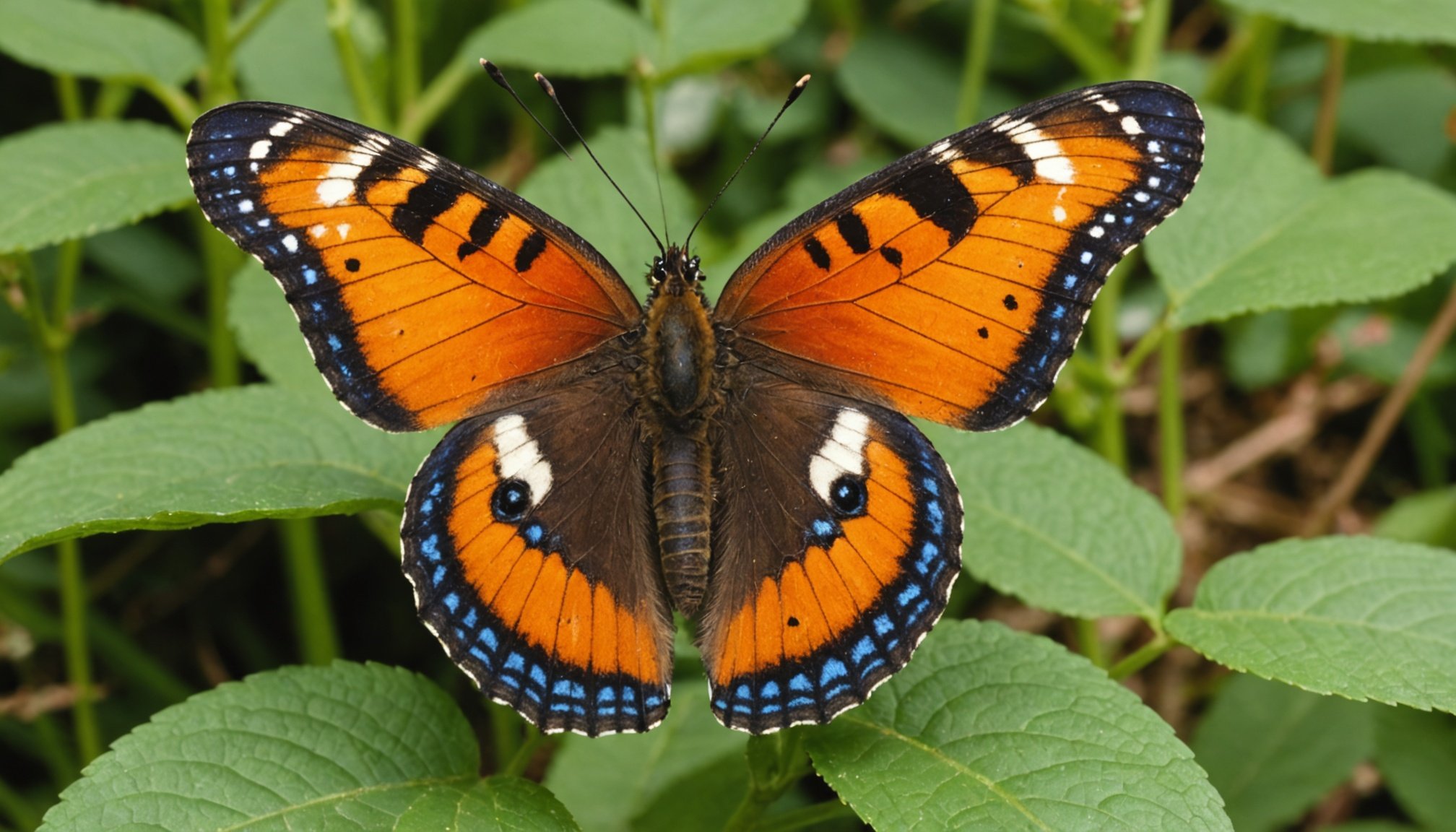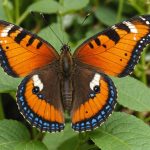Overview of UK Butterfly Conservatories
Butterfly conservatories are specialised habitats designed to nurture and protect various butterfly species, many of which are endangered. These establishments play a crucial role in the conservation of butterflies by simulating ideal environmental conditions that support breeding and life cycles. By maintaining controlled climates, feeding resources, and host plants, conservatories ensure the survival of species that might otherwise decline due to habitat loss and environmental changes.
In the UK, butterfly conservation efforts are paramount as butterflies are integral to the ecosystem, acting as pollinators and as indicators of ecological health. Conservatories aid these efforts by serving as sanctuaries for endangered species, creating a safe space for butterflies to thrive away from threats such as pesticides and urban development.
Also to see : Create a dormouse haven in your garden: an essential guide for uk homeowners to protect endangered species
Moreover, butterfly conservatories often engage the public, raising awareness about the importance of biodiversity protection. They offer educational programmes and experiences that enrich public understanding of butterfly life and the challenges they face. By highlighting the ecological significance of butterflies and promoting conservation efforts, these centres contribute significantly to biodiversity protection and help foster a culture of environmental responsibility and active participation in conservation activities.
Conservation Programs and Initiatives
In the UK, conservation programs are vital for preserving the delicate balance of butterfly populations. Key initiatives are focused on breeding and reintroduction, especially for endangered species. Breeding programs are crucial as they ensure genetic diversity and the survival of species at risk of extinction. These programs often involve carefully controlled environments where butterflies can thrive and multiply before being reintroduced to their natural habitats.
Also to read : Mastering rare bird sightings in the uk: the ultimate guide with essential tips and best practices
Reintroduction initiatives work hand-in-hand with breeding programs. They aim to re-establish healthy populations in areas where butterflies have dwindled due to factors like habitat loss or climate change. By reintroducing species into their native regions, these initiatives help rebuild ecosystems and increase butterfly numbers.
Habitat restoration projects are another cornerstone of conservation efforts. These projects focus on restoring natural environments that have been degraded. Conservationists actively engage in activities such as planting native flora, removing invasive species, and maintaining suitable conditions for butterflies and other wildlife. The impact of these initiatives has been notably positive, leading to improved habitats that support diverse butterfly species and contribute to a balanced ecosystem.
Together, these programs illustrate a commitment to sustaining and enriching biodiversity within the UK.
Success Stories in Species Protection
The conservation success stories of endangered butterflies are both inspiring and educational. A notable example is the Karner blue butterfly, which was on the brink of extinction. Through dedicated efforts, including habitat restoration and protection, the population of the Karner blue has stabilized significantly.
Key to these success stories are butterfly conservatories, which play a crucial role in reversing the decline of these delicate species. By providing safe havens and restoring native plants, these facilities offer sanctuary for breeding and growth. Butterflies, such as the Palos Verdes blue, have shown marked recovery in conservatories, which act as a lifeline against the pressures of urban development and habitat loss.
Collaboration amplifies these efforts. Organizations and stakeholders, ranging from local communities to global entities, join forces to support species recovery. Such partnerships enhance resources and knowledge sharing, driving positive outcomes. The success of the Karner blue is attributed in part to joint actions between state departments, local conservation groups, and academic researchers. These examples highlight how teamwork and innovative solutions can lead to measurable recovery.
The role of these collective strategies in endangered butterfly recovery remains a testament to collaborative conservation and the impact of dedicated effort.
Statistics on Butterfly Populations
Understanding butterfly statistics is crucial for gauging the state of biodiversity in the UK. Recent evaluations show concerning trends. Population trends for various species have seen noticeable declines over the last 40 years. These assessments reveal that many species suffer substantial habitat loss and climate change impacts. Some species have adapted, while others face extinction.
Current data indicates a significant reduction in particular butterfly populations. For example, the numbers of the High Brown Fritillary have decreased by over 60% since the 1970s. Such statistics underscore the critical need for targeted conservation strategies.
Conservation impact is directly linked to these statistics. By understanding population dynamics, conservationists can better implement measures to protect and restore habitats. The data informs policies that safeguard butterfly environments, promoting a sustainable ecosystem balance. Increased focus on conservation efforts has already shown benefits in certain regions. Still, ongoing commitment is essential to reverse these declines.
Thus, these butterfly statistics and population trends are instrumental in driving awareness and action for conservation. Such informed initiatives are pivotal in combating the threats to these vibrant species, ensuring their presence for future generations.
How Individuals Can Support Conservation Efforts
Contributing to butterfly conservation is more straightforward than many might think. Public engagement is essential in making a measurable impact. Individuals can start by participating in community initiatives focused on creating butterfly-friendly habitats. This can be as simple as planting native flowers and plants that cater to the nutritional needs of butterflies.
Education plays a pivotal role in these efforts. Raising awareness about the challenges butterflies face, such as habitat loss and climate change, fosters greater public involvement. Support conservation through attending workshops or seminars designed to increase understanding and spur community action.
Community involvement is another crucial element. Local events celebrating butterfly species can bring communities together, offering both enjoyment and educational opportunities. For example, butterfly releases or festivals can raise funds and awareness for local conservation projects.
Finally, engaging in citizen science projects allows individuals to contribute data that scientists need to track butterfly populations and distribution. By participating in these projects, community members can feel a direct connection to broader conservation goals. Every small action helps build a support network, ensuring that butterflies thrive for future generations.









